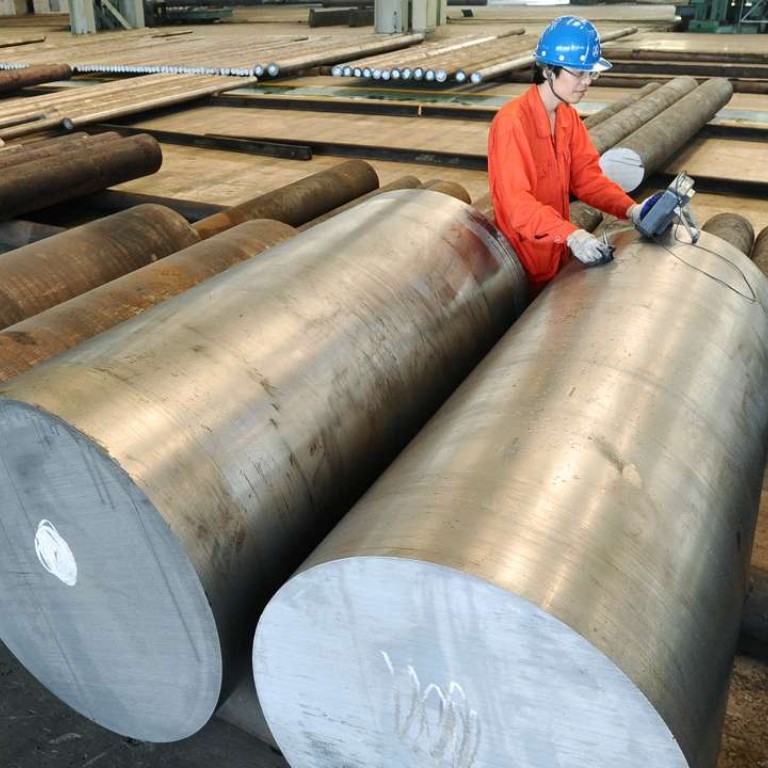
China’s January factory activity expands for sixth month at modest pace: official PMI
Improvement in official Purchasing Managers’ Index could give government more room to tackle high debt levels in many parts of the economy this year
China’s manufacturing sector grew slightly faster than expected in January as the world’s second-largest economy continued to benefit from record bank lending and a construction boom.
The improvement in the industrial sector could give the government more room to tackle high debt levels in many parts of the economy this year, although analysts are not sure if current growth levels can be sustained.
The official Purchasing Managers’ Index (PMI) stood at 51.3 in January, slowing marginally from 51.4 in December – but above the 50-point mark that separates growth from contraction on a monthly basis.
January’s reading was slightly above the prediction of a Reuters poll for 51.2, and marked the sixth straight month of expansion as China’s industrial sector continues to improve.
Production remained robust, although its reading dipped to 53.1 from 53.3 in December.
Overall new order growth also eased, while export orders grew at only a marginally better pace.
China’s manufacturing sector has been buoyed by a government infrastructure building spree and a housing boom, which have fuelled demand for building materials from cement to steel.
Rising commodity prices and stronger demand have boosted profits for industrial firms, and helped revive inflation expectations worldwide.
However, some analysts question whether the growth will be sustainable once the impact of earlier stimulus measures begins to wear off and as the property market starts to cool, which is widely expected.
China’s economy expanded at a steady 6.7 per cent in 2016, fueled by stronger government spending, record bank lending and a red-hot property market.
But hitting the government’s growth target came at a high price, adding to explosive growth in debt.
If the economy remains on a better footing, China’s leaders are expected to turn their attention to containing financial risks this year, accepting a slightly lower growth target of around 6.5 per cent.
A separate reading on the services sector showed the pace of growth picked up in January from the previous month.
The official non-manufacturing PMI stood at 54.6 in January, up from 54.5 in December, and well above the 50-point mark.
The services sector accounted for more than half of China’s economy last year and for the majority of growth, as rising wages give Chinese consumers the opportunity travel and eat out more.
Policymakers are counting on growth in services to offset persistent weakness in exports that is dragging on the world’s second-largest economy.

